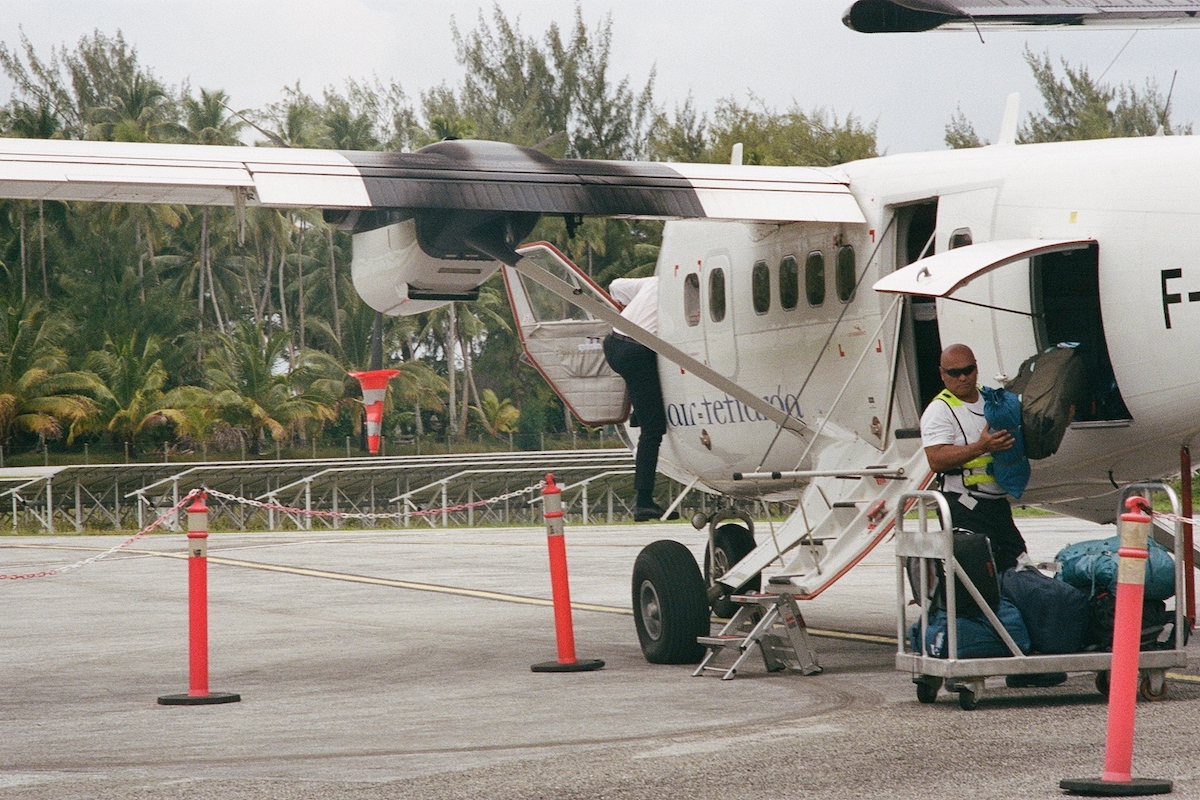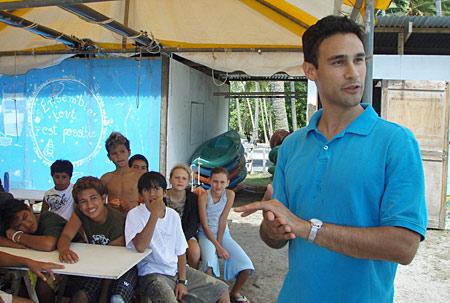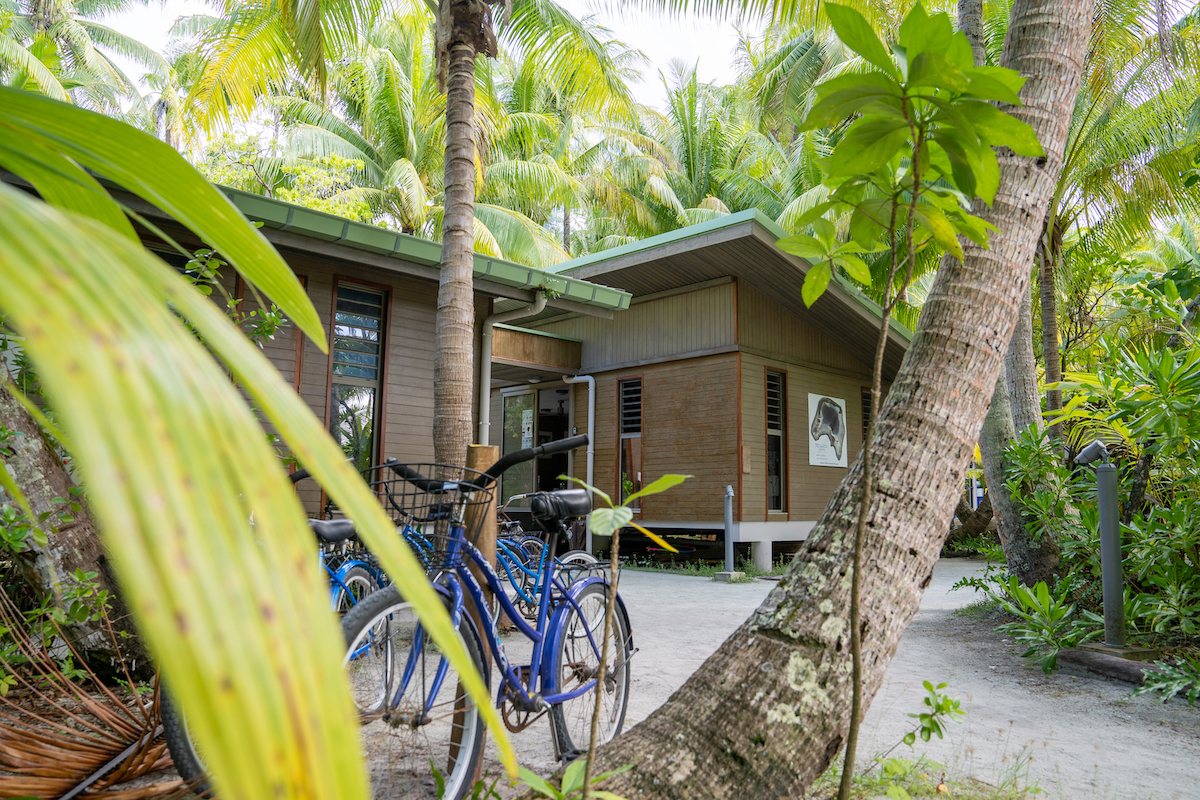
Project Details:
The project will begin with schools in the island of Moorea, where Balukjian previously worked. In future years, we will expand to other French Polynesian islands, but with the longest-term data set planned for Moorea.
Lessons will focus on biodiversity, taxonomy, classification, dichotomous keys, endemism, and sustainability, with the four-week program culminating in an island-wide Fete de la Biodiversité (Celebration of Biodiversity) open to the community, where students will exhibit their specimens and data. All insect collection data will be georeferenced using the app iNaturalist, allowing for long-term comparison of species diversity and abundance.
Any specimens that appear new to science will be examined by Balukjian and his collaborators for description. A follow-up survey process will be implemented to track program alumni, and pre- and post-evaluations testing changes in scientific knowledge and attitudes towards biodiversity will be administered.
While the utilitarian value of biodiversity is often emphasized (drug discovery, ecosystem services, commercial applications), its inherent value as a necessary part of the human condition is under-appreciated. The late E.O. Wilson coined this innate love of the living world “biophilia,” describing it as the “inborn affinity human beings have for other forms of life, an affiliation evoked, according to circumstances, by pleasure, or a sense of security, or awe, or even fascination blended with revulsion.” Biophilia may be most pronounced among children, and nothing gets kids excited like the up-close world of insects. While pandas and dolphins may generally hog the public imagination, we argue that for kids, bugs are just as cool and exciting.
In our increasingly technologized and urbanized western world, it’s harder and harder to tap into our biophilia. But the Tahitian people who arrived on these islands 800 years before Europeans have long fostered a deep reverance for nature. For example, their recently revived tradition of rahui is a forerunner of modern sustainability science and an example of TEK (Traditional Ecological Knowledge), with its tapu (taboo) on harvesting fish during certain periods or using certain techniques.

The Manumanu Project’s origins date back to Balukjian’s time in grad school, when he ran a year-long version of this curriculum in the Pao Pao elementary school on Moorea. Working with two fifth-grade classes, Balukjian demonstrated a 97.6% increase in scientific knowledge after completing the program versus a 30.5% gain in a control group (a difference found to be statistically significant based on sample size). One alumnus of the program, Titouan Bernicot, grew up to found the non-profit Coral Gardeners on Moorea and is a National Geographic Explorer.
The time is right to return to this work and to expand it into a permanent, self-sustaining educational initiative that blends Western science with TEK and encourages future Tahitians to protect and conserve their natural resources. Climate change threatens to destabilize French Polynesia as it does the rest of the planet, with more intense cyclones and rising ocean temperatures increasing coral bleaching and wreaking havoc on marine ecosystems. Although these are high volcanic islands, most people live on the coast, and between 1975 and 2005 sea level here rose 7.5 centimeters. 2050 is the United Nations’ goal for reaching carbon neutrality, and the Manumanu Project will provide a window into how climate change impacts these islands in the run-up to that landmark year.
Finally, although Tahitian culture is deeply intertwined with the natural world, much of Tahitian biodiversity remains undocumented and unknown, especially among insects and other small organisms. French Polynesia is part of one of 36 biodiversity hotspots on earth, where more than half of the planet’s endemic terrestrial species are concentrated into 2.5% of its land area. That hotspot, “Polynesia-Micronesia,” is so poorly known to science that it was excluded from a 2019 assessment of the future of life on earth. The Manumanu Project addresses that gap by focusing on the most diverse group of animal life (insects) that offers many opportunities for new discoveries.

